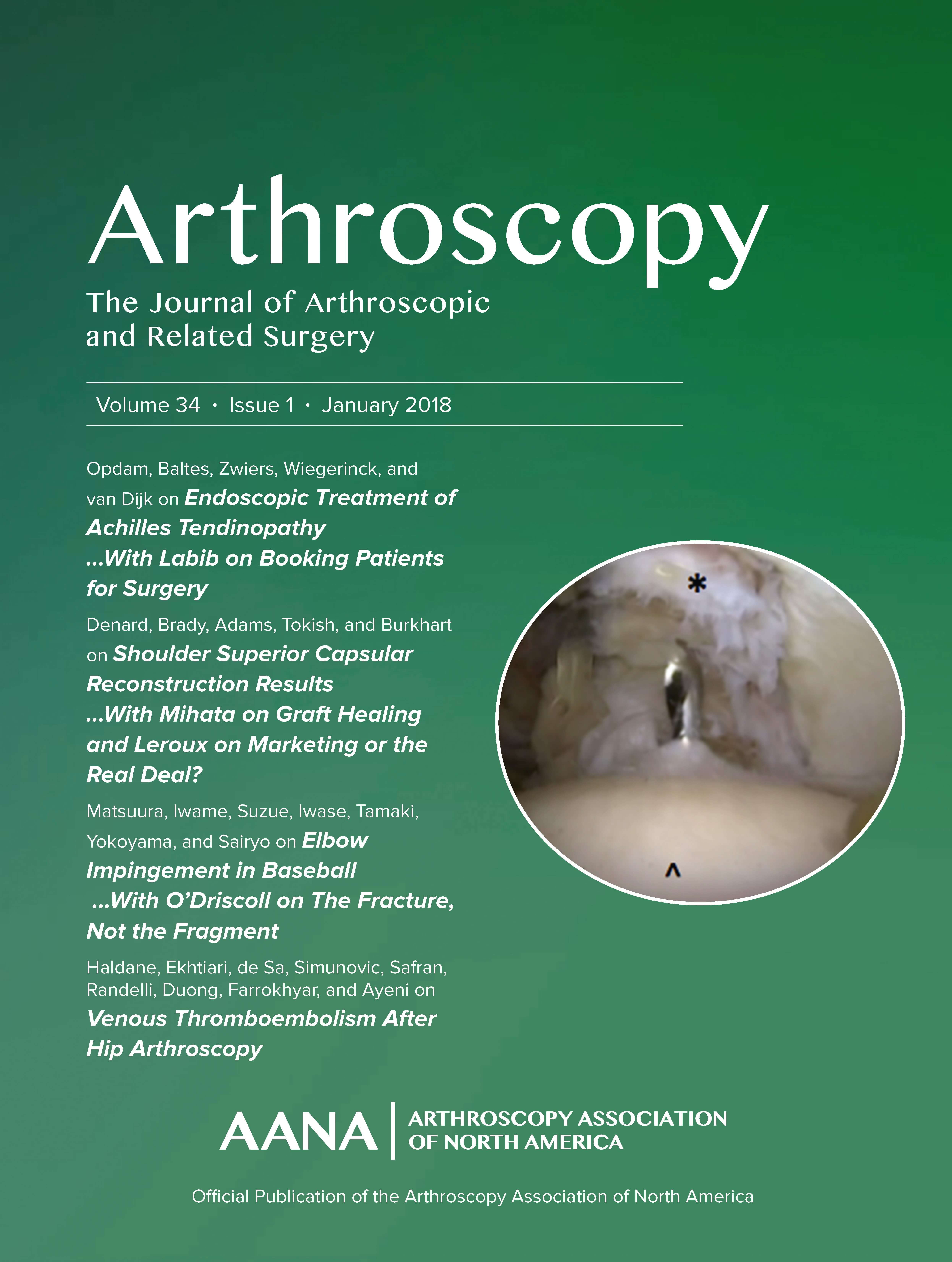
Postoperative blood loss reduced with IV TXA in single-bundle ACL reconstruction

Postoperative blood loss reduced with IV TXA in single-bundle ACL reconstruction
Single Intravenous Administration of Tranexamic Acid in Anterior Cruciate Ligament Reconstruction to Reduce Postoperative Hemarthrosis and Increase Functional Outcomes in the Early Phase of Postoperative Rehabilitation: A Randomized Controlled Trial
Arthroscopy. 2019 Jan;35(1):149-157. doi: 10.1016/j.arthro.2018.07.050Synopsis
80 patients scheduled for single-bundle anterior cruciate ligament reconstruction were randomized to intravenous administration of either 15mg/kg tranexamic acid or placebo saline. The study was conducted to determine if there was a significant difference between groups in 24-hour drainage volume. In addition, hemarthrosis grading, limb circumference, pain, quadriceps strength, functional scores, ...
To view the full content, login to your account,
or start your 30-day FREE Trial today.
FREE TRIAL
LOGIN
Forgot Password?
Explore some of our unlocked ACE Reports below!

Learn about our AI Driven
High Impact Search Feature
Our AI driven High Impact metric calculates the impact an article will have by considering both the publishing journal and the content of the article itself. Built using the latest advances in natural language processing, OE High Impact predicts an article’s future number of citations better than impact factor alone.
Continue



 LOGIN
LOGIN

Join the Conversation
Please Login or Join to leave comments.